The past 2 years have changed the way the world works entirely, and with that our design tools have had to evolve to meet our new remote working lives.
In this post, I’m going to explore the history of Figma and Sketch; and what collaboration features they offer in this hybrid working world.
Figma
Figma has been offering collaboration on its browser-only platform since 2016. It was the only design tool to allow multiple editors on a single file at its time.
The tool made waves in the community and it quickly gained attention as one of the best choices for design apps, websites, and images.
Figma introduced this feature as ‘multiplayer design’, they wrote in their Reflecting on Figma blog post: “Multiplayer has multiple benefits and the biggest one has nothing to do with collaborative design. Instead, its super power is that it gives teams a single source of truth. With Figma, designs can be shared with whomever needs them via a simple URL; as designs are updated or changed, the URL stays the same, abolishing the complex workflow previously required for syncing design assets and ensuring everyone on a product team is working with the latest file.”
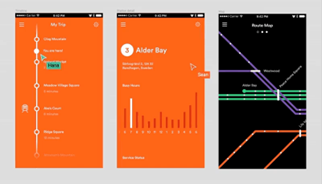
Image source figma.com
Fast forward to 2021, and Figma expanded their collaboration offering and introduced FigJam. This to me, started the ball rolling on other big design tools offering whiteboarding and kanban functionality as a way of expanding their platform to become a one-stop-shop for design teams to plan, organise and execute projects.
FigJam allows stakeholders and designers to comment, share ideas, and feedback through digital sticky notes, emojis and create flowcharts for user journeys. It can also be used for workshops and team meetings, with endless templates available for use if you need inspiration.
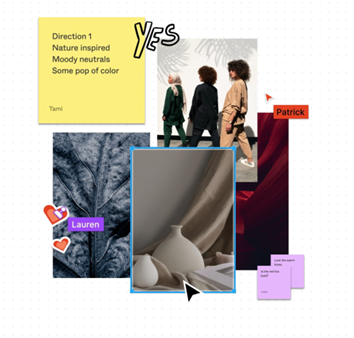
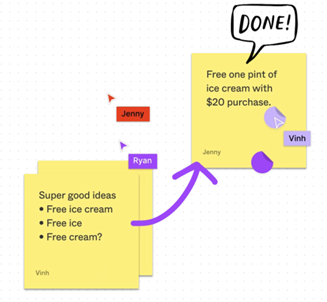
Image source figma.com
Sketch
Sketch was the most popular design tool for quite some time, peaking in 2018 when people were looking to make the jump from traditional design tools such as Photoshop and Illustrator.
People were looking for purpose-built software for web design and found it in Sketch. In terms of collaboration, a lot of users were crying out for real-time collaboration and it took them quite some time to catch up with its competitor Figma. Sketch introduced real-time collaboration in Sketch 71, released in March 2021.
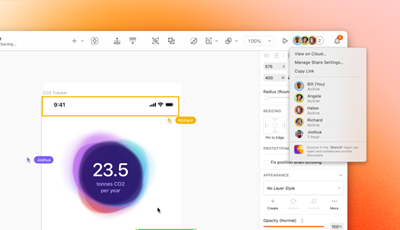
Image source: Sketch.com
Many people were pleased that Sketch had finally introduced real-time collaboration, and with that introduced a browser-based Sketch. However, you still have to have access to the native Mac app to create documents and edit them.
Sketch introduced workspaces that improved the sharing functionality, allowing links to be shared to projects, as well as including version history and feedback within its browser app. It feels like Sketch still has some way to go in terms of its collaboration tools, especially when its main competitor has such a strong position in terms of real-time collaboration and has led the way for many years prior.
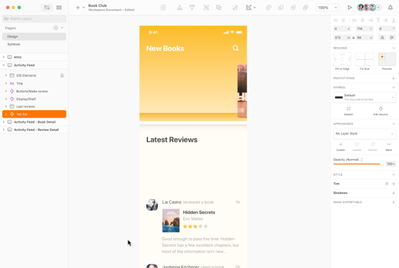
Video source: Sketch.com
In conclusion, out of the two tools I have explored today, my vote will always go to Figma for collaborative working. They have made real-time collaboration really easy with its cross-platform browser functionality, which is something that really restricts Sketch as a program (as it’s Mac only).
The access to Figma without a subscription is also a massive plus, it means you can allow stakeholders or colleagues to add to your files, should you need temporary input.
Design tools have really expanded to make our workflows much easier and with the change in working in 2022, these platforms have made design conversations on Teams calls that much smoother.
If you’re looking for some show-stopping images or infographics for your brand, our expert designers are here to help! Get in touch with our friendly team today.
